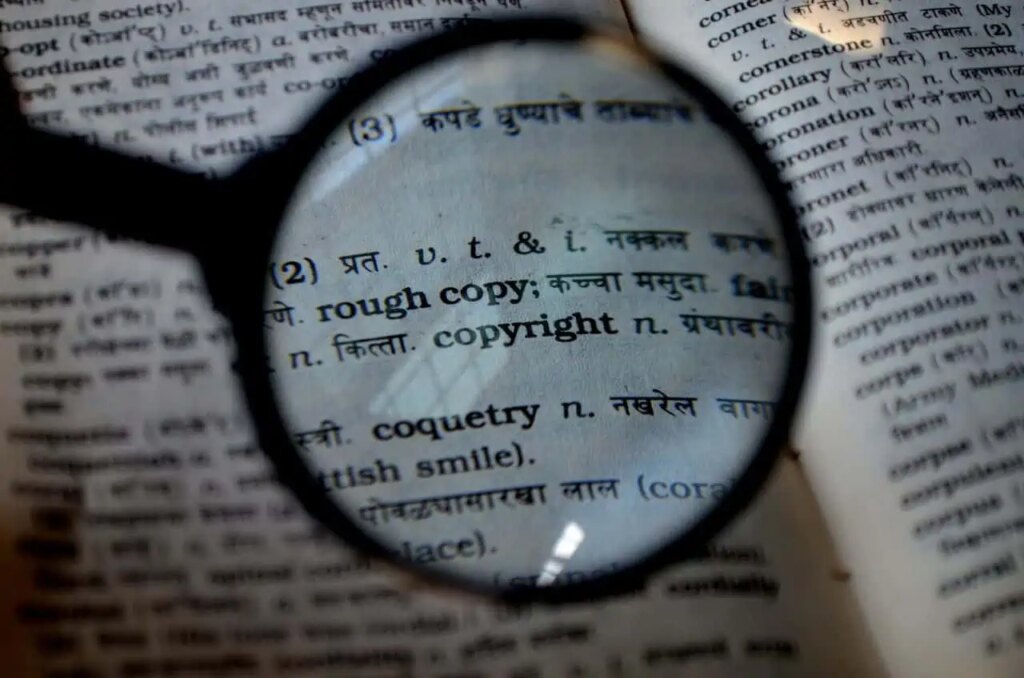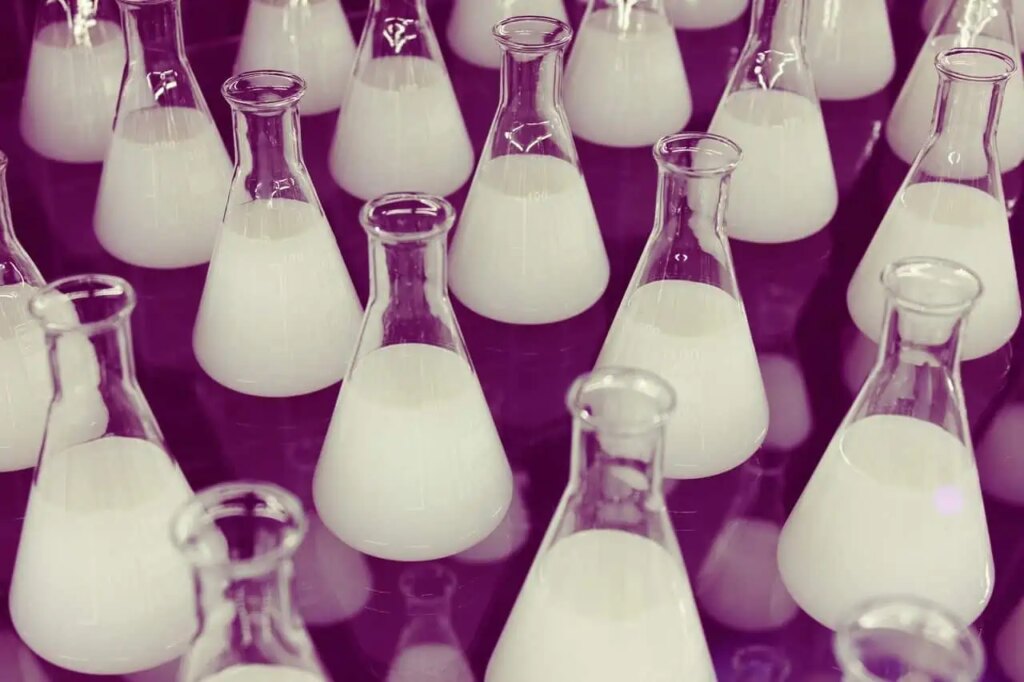20 July 2021 Concept Car
Spend some time on any car related website and you’ll find mentions of “euro emission standards”. Which sounds a bit odd: After Brexit, after all, do these rules still apply to me?
It is a perfectly reasonable question, which deserves a response. In this expansive article, we’ll not only answer it. We’ll also recount the checkered history of the Euro standards and their current status.
The outcome may surprise you: Although euro standards are no longer the binding guideline for UK emission policy, they are still relevant and useful. If that seems like a contradiction, let’s take a closer look at the topic to unravel the mysteries.
Brexit marks one of the biggest political incisions of the past decades. However, although the European Union and Britain may have decided to go their separate ways, they still need to work together. There are many areas where close collaboration is mutually beneficial for both sides. Emission standards are just one – albeit excellent – example for this.
The UK may not only pick up on the EU’s initiative towards a greener future, but now surge ahead and take the lead. Pre-Brexit, euro standards were widely regarded as the world’s strictest environmental regulations for the car industry. Today, the UK has used them as a departure point for defining their own rules. On the outside, these look even more severe.
Further reading:
How will the Brexit affect UK car prices?
Big british cities are suffering badly from the effects of air pollution. (which is one major reason why the city of London is thinking about a ULEZ expansion) Strict air quality guidelines are the best policy to offset these problems.
In theory, the UK may seem to be forging ahead. In practise, differences are sure to be small. Euro standards will very likely remain the gauge against which Britain will measure its own limits.
What is the idea behind the euro emission standards?
The point behind the standards is simple: To reduce noxious pollutants. This should lead to improved air quality and pave the way for a future without internal combustion engines (ICE). As such, they are an integral part of the “Road to Zero”.
Zero in this case means: Zero CO2 emissions. It’s a goal only possible if we all start driving electric vehicles (EV). The target of achieving this by 2035 is ambitious for sure. But the history of euro standards has proven that it is possible – provided that manufacturers play along.
 Let’s take a closer look at the standards.
Let’s take a closer look at the standards.So what do euro standards actually mean?
Their history starts in 1993. It is the year that Euro 1 is introduced.
Four pollutants, widely considered to have a substantial averse effect, are covered by the standards: nitrogen oxides (NOx), carbon monoxide (CO), hydrocarbons (HC) and fine particles. The European Union intends to gradually bring emissions of these toxins down and thus protect its citizens from averse health effects.
A quick look at Euro 1 reveals a remarkable fact: CO2 itself is not part of the law! This means that these rules are not aimed directly at climate control – although that is most definitely an important sidethought. They’re actual aim is to safeguard the health of its people.
Over the following twenty years, standards are becoming increasingly strict. If Euro 7 comes into effect the way some want it to, it could redefine the extent to which governments are willing to place health concerns over financial considerations.
We’ll get to that later.
That is surprisingly hard to say. Whatcar cites numbers compiled by the SMMT, which claims that “since 1993, carbon monoxide levels have been cut by 82% for diesel-engined cars and 63% for petrols and particulate matter is down by 96%. Since 2001, nitrogen oxide is down by 84% and hydrocarbons are down by 50% in petrol-engined cars.”
It is important to understand in this respect that SMMT is short for the Society of Motor Manufacturers & Traders. This organisation, simply put, represents the car industry. Clearly, they have an interest in highlighting the success of the manufacturers.
Others do not see things quite as rosily. The T&E Bulletin reports:
“Research by two German technology institutes shows that “real world” NOx emissions from diesel vehicles are much higher than the figures that come from the testing procedures required under EU law for a type of vehicle to be approved. The institutes TUG and FVT, presenting their findings last month at a workshop for national experts on Euro-5, say NOx emissions were reduced much less between the Euro-1 and Euro-4 standards in real driving conditions compared with the results of type approval testing. In fact, NOx emissions have not seen a significant reduction in the last 13 years.”
How is this possible? Experts usually give two reasons for the disparity between the intended and actual effect of the euro standards:
Laboratories are places where testing is done. This has many benefits: They provide controllable environments which block out unintended influences. And they allow researchers to refine their inventions until they are good enough to be released. One excellent example are safety technologies: Using test dummies and specialised crash sites, manufacturers have made vehicles much safer than anyone ever thought possible.
However, as even laypeople will know, laboratories are great in some respects, precisely because they are not the real world. This is especially true when it comes to emissions.
Emissions depend significantly on how, where and under which weather and road conditions you drive your car as well as how heavy it is (i.e. how much luggage and passenger weight you’re carrying) under real world conditions.
By setting and adjusting these parameters, you can influence the outcome of a test. In theory, this is possible under any conditions. But in test factories, it is particularly easy.
 The problems with testing
The problems with testingThe old testing procedure was called New European Driving Cycle (NEDC) and it was an important stepping stone. It gave a whole new urgency to the topic of emission control and it set ambitious targets which, if reached, were capable of leading to substantial improvements.
These tests, meanwhile, were carried out in most cases on roller test benches and in the absence of wind or any other elements. Test conditions in general were not representative of the way most people drove their cars, but this wasn’t the only issue. As some publications claimed, the tests had several loopholes and no one was policing them. This placed a lot of leeway and responsibility in the hands of manufacturers.
It is therefore unlikely that the gains claimed by some in the industry were actually ever truly realised.
The European Parliament was not happy:
“There is a gap between measurements in labs and those under real driving conditions. The latest euro six diesel vehicles can emit several times more NOx in the real world than in specialised test centres.”
The full extend of the issue came to the light in 2015. As it turned out, Volkswagen and several other major car brands had played the system to meet ecological demands. VW cars were capable of passing tests despite being way over the actual emission standards. Although this mostly affected CO2 numbers, the pollutants set by euro standards were also impacted. (For a great explanation of the scandal, read this report by the BBC.)
The first reaction was disbelief: Had all the efforts been in vain? Then, there was a response: The European Union defined new testing procedures and combined them under the umbrella of the World harmonised Light vehicle Testing Protocol. Although still far from perfect, many consider these new procedures a significant improvement and a much better approximation of actual emissions.
This breathed new life into the euro standards. Since this decisive moment, we can assume that we are meeting standards and that on-paper improvements are actual improvements.
 Euro 1: This is where it all began
Euro 1: This is where it all beganIn many respects, the 90s seem more than just 20 years ago. Smartphones were still a sci fi fantasy. The Internet was still a huge mystery. And most considered the ecology movement a hippie thing.
Not for long. The euro standards for vehicle emissions were one of the signals that the times they were a changing. Introduced on January 1st 1993, Euro 1 set binding limits for pollutants for the first time – limits which forced the industry to rethink.
As would be the case throughout the next two decades, authorities set limits based on a combination between available technology and possible improvements. Catalytic converters became a standard item for new cars, and unleaded petrol gradually replaced the leaded version.
Looking back, Euro 1 was probably not the biggest step. But it was the hardest and most important one, setting the course for a new era of thinking about the ecological impact of driving.
Before Euro 2 still, many experts considered diesel the more ecological option on the car market. This may seem bewildering from today’s stand point, but it didn’t seem quite so unreasonable at the time:
It is true even in 2021 that diesels are a lot better than their reputation when it comes to CO2 emissions. In fact, the best diesel engines all but match the emissions of petrol cars.
However, more and more, it became clear that the issue with diesels lay somewhere else: Their exhaust of soot and health-damaging particles was considerably higher than that of petrol cars. Even modern filtration technology has never been able to entirely wipe out these issues.
In 1993, we didn’t fully understand these topics yet. But authorities were getting to understand them more and more. And so, Euro 2 heralded a new age by classifying diesels as a greater health risk and demanding higher emission cuts from them.
This fundamental divide has remained in place until the present day.
Since Euro 3 in 2000, the euro standards have not changed fundamentally. The EU introduced ever stricter limits, to bring down emissions even more. As we’ve detailed above, car manufacturers actively stifled these ambitions through wilful manipulation. Overall, however, the pressure did lead to new technologies which made automobiles more green and eco-friendly.
Of these standards, Euro 5 sticks out a bit. (This despite the fact that Euro 6 probably led to a stronger reduction in emissions. So demanding, in fact, that many manufacturers are still complaining about it today, six years after its introduction.)
The focus of euro 5 were particulates. Particulates are combinations of liquid and solid substances in the air. There are various naturally occurring particulates and certainly not all of them are toxic. As it happens, however, those produced by ICEs are. Very much so, in fact. Diesel engines are particularly problematic in this regard, as they’re running on a more crude type of fuel.
To reduce the severe health implications of particulates, Euro 5 all but demanded the implementation of particulate filters in diesel cars. But petrol cars, too, had to meet certain limits.
Euro 7 is not yet a reality. There is not even a legislative proposal. And still, both sides of the argument are already fighting over it.
There are two possible scenarios for the implementation of Euro 7. In the first, all participants work towards bringing down emission standards even more, to their lowest point yet. This will, according to all involved, remain the last standard before reaching the zero state. So whatever the exact levels will be, they will have to make significant cuts to create a smooth transition.
Nonetheless, this scenario will probably hardly create a stir.
The second scenario will be more radical. If it comes to pass, cars, using a form of AI, could force the implementation of the standards by technological means. This could involve built-in devices forcing the car into energy-saving mode whenever its emission levels should rise too high. It could even mean shutting it down entirely until the driver implements necessary changes.
Diagnostic tools would carry out regular emission tests and should a car fail, these very tools could declare the vehicle unfit for driving. The benefits of this policy are obvious: By carrying out these tests, the before-mentioned divide between theoretical emissions and real-life ones would be lifted.
Euro 7 is still a bit off. Here are some recommendations from us when you’re looking to buy a used car: What euro standard should you be looking at?
20 July 2021 Concept Car